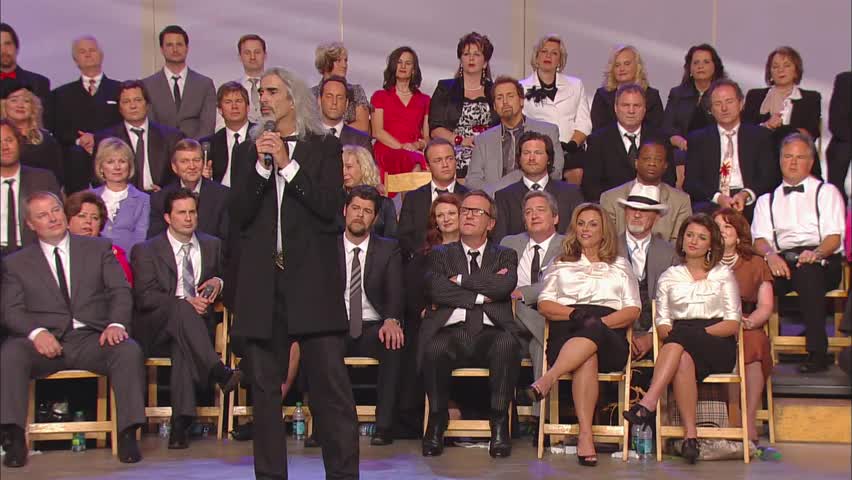My biggest problem with ‘The Lord's Prayer,' " wrote Helen in response to an online post, "is knowing which version we're using. . . . It's always assumed we know it by heart, but I first learned trespasses, then learned sins and now am confronted by debts and debtors. So, when ‘we will now say the Lord's Prayer' is announced, instead of being able to pray and mean it, I'm nervous and wondering which version to use, which rather defeats the point of saying it together aloud."
Like Helen, you might find your mind and heart distracted from the essence of prayer for any number of reasons. Be it choice of words, varying Bible translations, or conflicting philosophies about liturgical readings, thetopic of prayer, particularly the Lord's Prayer, garners much discussion and theological debate. By taking a closer look at Luke 11:2-4, we can see that much confusion over this passage stems from Jesus' preamble, in which He tells His disciples, "This is how you should pray." Many interpret His instructions to mean this is the only way you should pray. To the contrary, throughout the New Testament Jesus builds on His suggested framework of prayer. In the Gospel of Luke, for example, He directs us to: • Pray for those who hurt you (6:28). • Pray continually and with persistence (18:1-5). • Pray that you will not give in to temptation (22:40,46). Scripture emphasizes that there is power in prayer. Respectively, Jesus wanted His disciples and wants you to experience deeper fellowship with the Lord through an enriched prayer life.
Ask God to give you renewed appreciation for the Lord's Prayer, to grant you fresh insights into the verses, and to help you find joy as you meditate on the words and lift them up to God. , Roxanne Robbins, Our Daily Journey
CLICK HERE to visit OurDailyJourney.org















